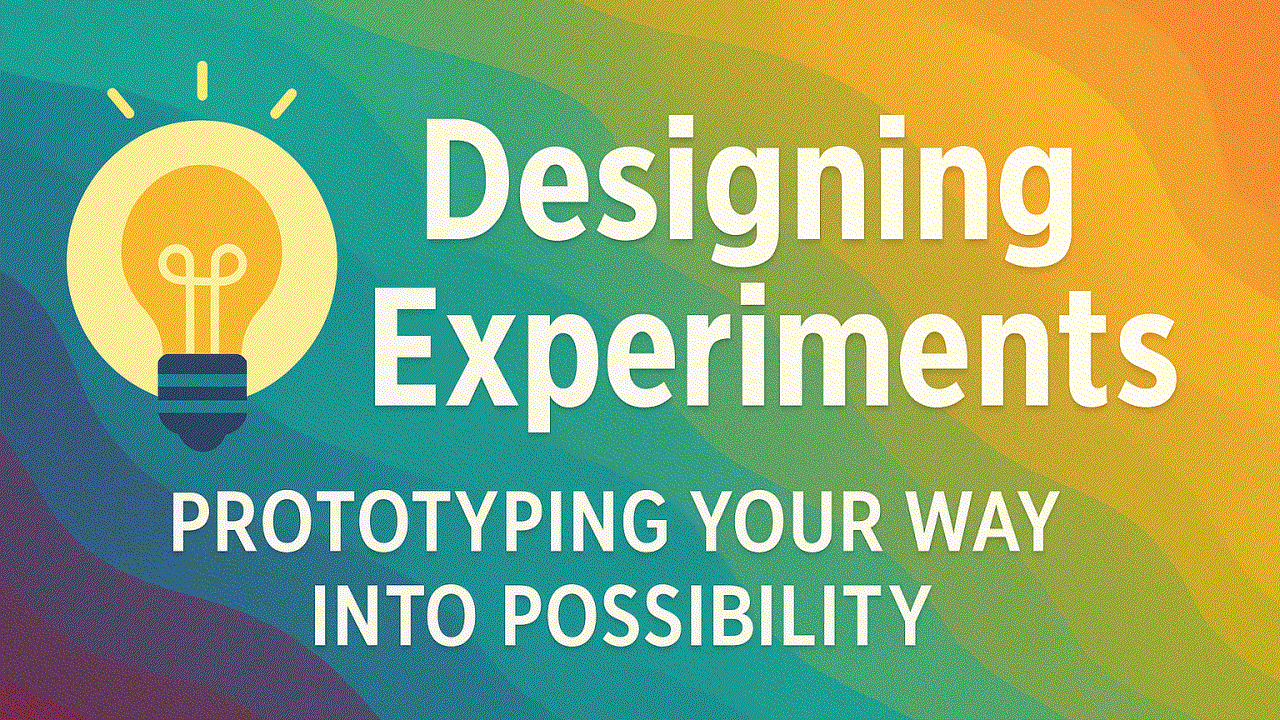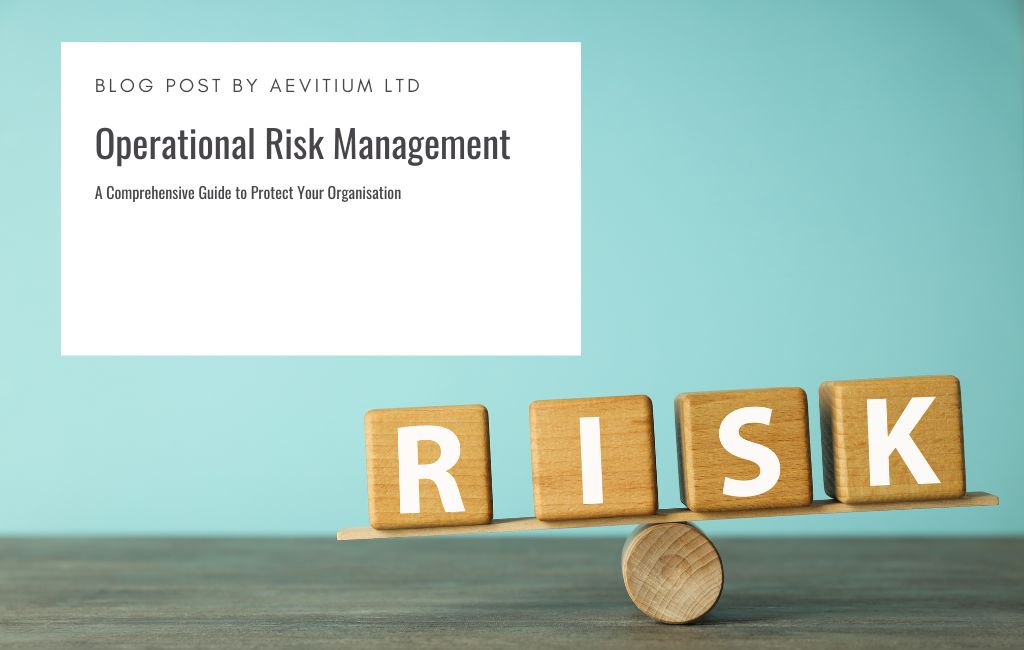Oct03

“Start small, start now. Your next step isn’t a commitment to perfection — it’s a permission slip to learn.”
By now, you’ve envisioned your purpose, mapped your ecosystem, aligned with your inner signal, and faced resistance with grace. What comes next?
Action. But not in the old way of pushing or “launching big.” In this stage, we begin through experiments — small, intentional, low-risk tests of possibility that invite learning before scaling.
Experiments are how we move from idea to iteration. From theory to practice. From intention to emergence.
When we start something new, many of us feel pressured to get it “right” from the beginning. We invest tons of energy in branding, building, and perfecting before we even know if the idea resonates. This leads to:
Burnout before traction
Over-attachment to untested ideas
Fear of pivoting
Experiments shift this dynamic. They:
Lower the emotional and financial cost of beginning
Invite feedback early and often
Help us co-create with our communities
Keep us open to emergence and iteration
An experiment is not a commitment. It’s a courageous test of resonance.
An experiment can be anything that helps you explore, express, or validate an idea:
A prototype conversation
A pop-up offering
A 5-minute video
A social media post inviting engagement
A test workshop, landing page, or zine
A conversation with a prospective collaborator
A storytelling series to gauge interest in your project
What matters is that it is:
Small enough to start now
Specific enough to reflect your values and direction
Safe enough to learn without risking everything
Open enough to surprise you
Use this simple frame for your experiment:
1. Hypothesis: “I believe that if I do [action], it will lead to [expected learning or outcome].”
2. Conditions: Timeframe, tools needed, who it’s for, when/where/how it happens.
3. Measures of Success: Not only quantitative (likes, signups, etc.), but also qualitative: Did you enjoy it? Did it feel aligned? Did it teach you something?
4. Debrief: What did you learn? What surprised you? What would you adjust or continue?
This cycle invites you into ongoing responsiveness—a powerful antidote to perfectionism.
Experiments are helpful when:
You’re testing a new direction, product, or offering
You want to understand what your audience resonates with
You’re returning from burnout and want to pace yourself
You’re seeking to invite collaboration and real-time feedback
You want to move beyond just ideas into active learning
They’re also useful during transitions or pivots—when you’re not quite sure where you’re going yet, but feel called to move anyway.
One of the most powerful parts of this process is that you don’t need to do it alone.
In fact, inviting others into your experiment builds momentum, insight, and community. You might:
Ask a trusted friend to co-host a pilot conversation
Share a rough draft and ask for feedback
Collaborate with a local org to test your idea with real people
Partner with another changemaker to test overlapping visions
Co-experimentation builds trust, traction, and alignment.
How can overcoming fear and embracing curiosity lead to remarkable personal and professional success?
This article’s worksheet includes space to outline your next experiment:
What will you try?
What do you hope to learn?
How will you know if it worked?
The world doesn’t need more perfect plans. It needs courageous prototyping from people of purpose.
So go ahead. Take the idea, shrink it down, and ship it.
You're now engaging the sixth step of the Planetary Citizens framework:
Vision to Action
Values into Accord
Mapping the Commons
Sourcing the Signal
Navigating Resistance
Designing Experiments ← you are here
Tracking Progress
Harvest & Renewal
Each stage prepares you not just to do more—but to do what matters, in ways that are iterative, inspired, and interconnected.
Perfection is a myth. Movement is magic. Start before you're ready. Learn while you're in motion. And trust the small sparks. They start the biggest fires.
️ Watch the companion episode
Join the growing community at Planetary Citizens page
By Zen Benefiel
Keywords: Coaching, Creativity, Leadership
 Succession Planning Starts With Data
Succession Planning Starts With Data  Influence Without Integrity Erodes Ecosystem Trust
Influence Without Integrity Erodes Ecosystem Trust Planning Works Better When It’s a Team Sport
Planning Works Better When It’s a Team Sport Operational Risk as a Strategic Discipline
Operational Risk as a Strategic Discipline Fine-Tuning Mistral-7B: Building the Crypto Oracle for Bitcoin Price Prediction
Fine-Tuning Mistral-7B: Building the Crypto Oracle for Bitcoin Price Prediction